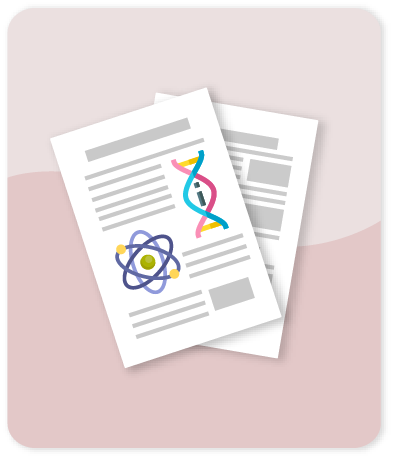Biochar from palm fiber wastes as an activator of different oxidants for the elimination of pharmaceuticals from diverse classes in aqueous samples

Compartir este ítem
Fecha
2022Autor
Grisales-Cifuentes C.M
Serna-Galvis E.A
Acelas N
Porras J
Flórez E
Torres-Palma R.A.
Citación
Metadatos
Mostrar el registro completo del ítemResumen
Biochar (BP) obtained from palm fiber wastes was combined with H2O2, peroxymonosulfate (PMS), or persulfate (PDS) to treat valsartan, acetaminophen, and cephalexin in water. BP activated PMS and PDS but no H2O2. Computational calculations indicated that interactions of PMS and PDS with BP are more favored than those with HP. The highest synergistic effect was obtained for the removal of valsartan by BP + PMS. This carbocatalytic process was optimized, evaluating the effects of pH, BP dose, and peroxymonosulfate concentration, and minimizing the oxidant quantity to decrease costs and environmental impacts of the process. SO4•−, HO•, 1O2, and O2•- were the agents involved in the degradation of the pharmaceuticals. The reusability of BP was tested, showing that the carbocatalytic process removed ∼80% of target pollutants after 120 min of treatment even at the fourth reuse cycle. Also, the process decreased the phytotoxicity of the treated sample. Simulated hospital wastewater was treated and its components induced competing effects, but the system achieved the target pharmaceuticals removal in this matrix. Additionally, the analysis of environmental impact using a life cycle assessment unraveled that the carbocatalytic process had a carbon footprint of 2.87 Kg CO2-Eq, with the biochar preparation (which involves the use of ZnCl2 and electric energy consumption) as the main hotspot in the process. © 2022 Elsevier Ltd
Colecciones
- Indexados Scopus [1632]
